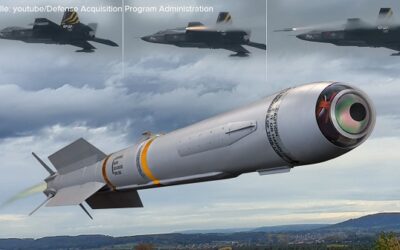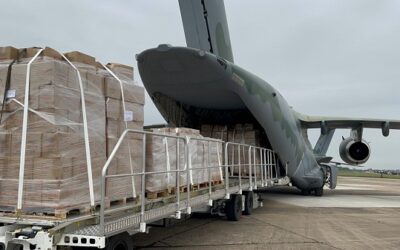Self-Detonated Bomb Kills Al-Qurayshi and Family
After midnight (local) on 3 February, US Special Operations Forces (SOF) conducted a successful counter-terrorism operation in Atmeh, Idlib province in north-west Syria. It resulted in the death of Abu Ibrahim al-Hashimi al-Qurayshi, also known as Hajji Abdullah, the leader of Islamic State in Iraq and Syria (ISIS). He died early in the operation, after detonating a suicide bomb, killing his family. Qurayshi followed the example of his predecessor, Abu Bakr al-Baghdadi, who died the same way in October 2019. While the US military verified five terrorists and four civilians dead, local first responders claimed 13 civilians were killed, including four women and six children. Nobody was captured and there were no US casualties.
The operation has been planned for months as a collaborative effort of the intelligence community and DoD, with the Kurdish-led Syrian Democratic Forces (SDF), providing critical enabling assistance. In an effort to minimize civilian casualties, the US opted for a complex, high-risk raid instead of a stand off strike. A meticulous planning process included a tabletop model, a construction assessment by engineers (to prevent an explosion on the top floor to collapse the building) and dozens of mission rehearsals. The final decision was made by President Biden on the morning of 1 February.
The raid was conducted by Special Operations Command (SOCOM) assets under the control of Gen Kenneth McKenzie, Commander of Central Command (CENTCOM). The Pentagon has revealed no specific information on participating units, numbers of troops or types of aircraft. Given the scope of the operation, it was conducted by the Joint Special Operations Command (JSOC). Both the infiltration and exfiltration took place via helicopters using several stopovers, while the assault group was supported by a quick-reaction force on standby. There was also a de-confliction arrangement with Russian forces operating in Syria. During the infiltration, one helicopter (likely an MH-60M Black Hawk) suffered a mechanical failure, aborted the mission and safely landed off site. As it became non-operational, it was partially destroyed.
Painstaking efforts were made to reduce harm to non-combatants, as US troops repeatedly called by megaphone for everybody to leave and surrender: capture of the terrorist leaders was the preferred option. After entering the building, an ISIS lieutenant barricaded on the first floor opened fire and was killed with his wife and child. Qurayshi, with his wife and two children, perished after detonating the second floor. Another 10 civilians were rescued, including eight children. The deceased ISIS leader was identified outside through fingerprints and DNA, but his body was left on site. Before the exfiltration, an additional engagement took place as two more terrorists were killed while trying to attack a helicopter. As expected, the operation took about two hours on the ground to accomplish.
Tomás Chlebecek reporting for MON

US Secretary of Defence, Lloyd J Austin III, and Chairman of the Joint Chiefs of Staff, Gen Mark A Milley, in the National Military Command Centre on 2 February. (DoD/Lisa Ferdinando)

























